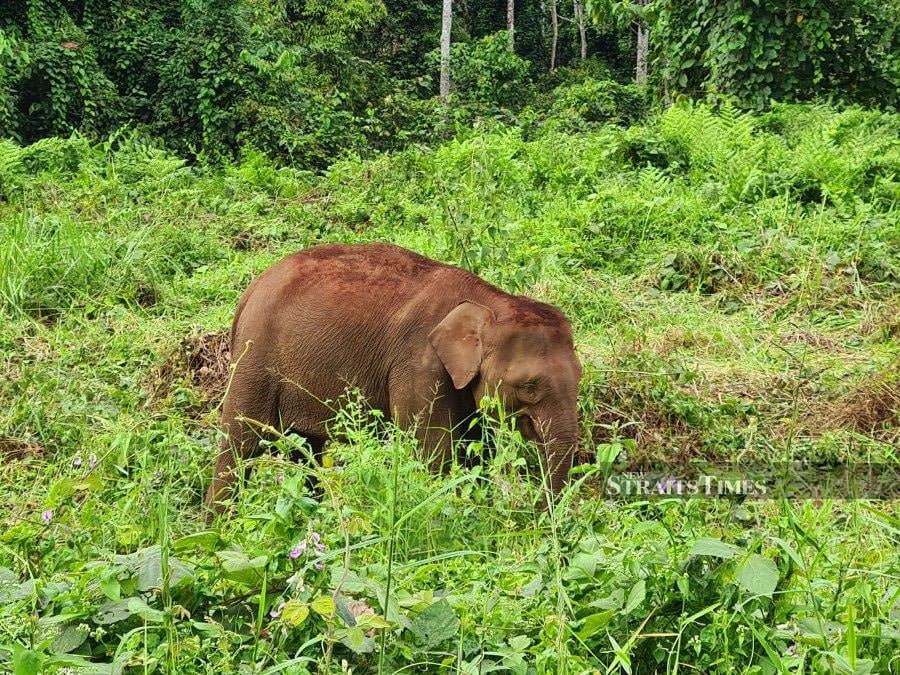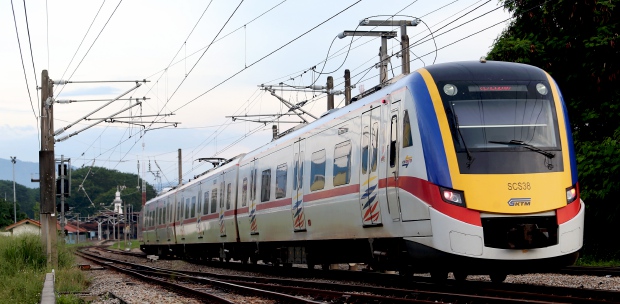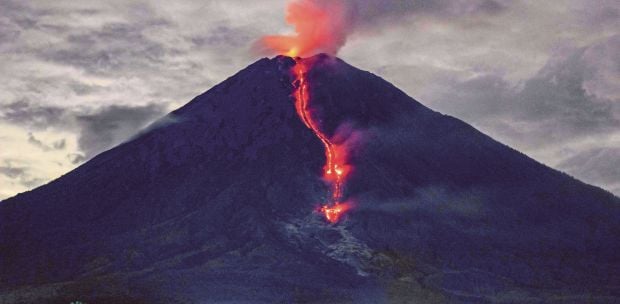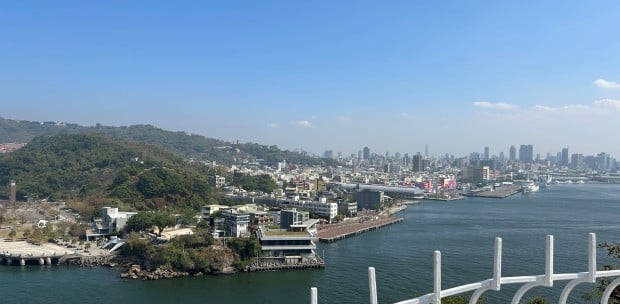After a two-year hiatus, the Trans Borneo Land Below the Wind expedition explores the hidden beauty of Sabah. Nova Renata joins in the adventure
BEFORE all tourism activities were paralysed by the Covid-19 pandemic, Sabah was one of the major playgrounds for off-road enthusiasts from around the world.
In fact, until 2019, Sabah had played host to the annual Borneo Safari event, the biggest extreme off-road event in Southeast Asia. Each year, the Borneo Safari would attract some 800 participants from all over the world, who would often also ship their modified 4x4 vehicles all the way to Sabah for the week-long event.
Outside the Borneo Safari, another popular off-road event that is smaller in scale yet not any less adventurous is the Trans Borneo Land Below the Wind (TBLBW) expedition.

Prior to the pandemic, the expedition had taken participants across Borneo, from Kota Kinabalu all the way to Kalimantan Utara, to test out their off-road skills and vehicle recovery expertise in remote routes that nobody had gone to before.
Late last year, as soon as Phase 4 of the National Recovery Plan was established in Sabah and domestic tourism resumed, the TBLBW organiser announced an expedition.
As international borders have yet to reopen, the eight-day expedition would remain in Sabah, with the mission to explore the hidden beauty of the Land Below the Wind while conquering her wild terrains.
For the uninitiated, off-road is also synonymous with camping. As a first-time off-roader and not-so-avid camper in the past, I have mixed feelings of excitement and anxiety about what to expect. Yet, I am also eager to re-experience Sabah, this time with the fresh eyes of a tourist!
DAY 1: KOTA KINABALU TO MAMUT, RANAU
After the official flag-off in Kota Kinabalu at 9am, our convoy (comprising 15 4x4 vehicles and 45 participants) make its way to the district of Ranau, where we will camp for the night. The journey to Ranau takes approximately two hours. However, the journey to Mamut takes another hour of travelling on gravel roads.
We arrive in the cool and misty Mamut at approximately 3pm. The first order of business is to visit the place that it's famous for: Tasik Mamut.
Tasik Mamut isn't an actual lake, but an abandoned open-pit quarry mine. From 1975 to 1999, the mine used to be where copper, gold and silver were mined. In fact, it was known as the one and only copper mine in Malaysia.
In recent years, as mining halted due to environmental concerns, Mamut became a popular camping and hiking destination for local adventurers, thanks to its breathtaking scenery.
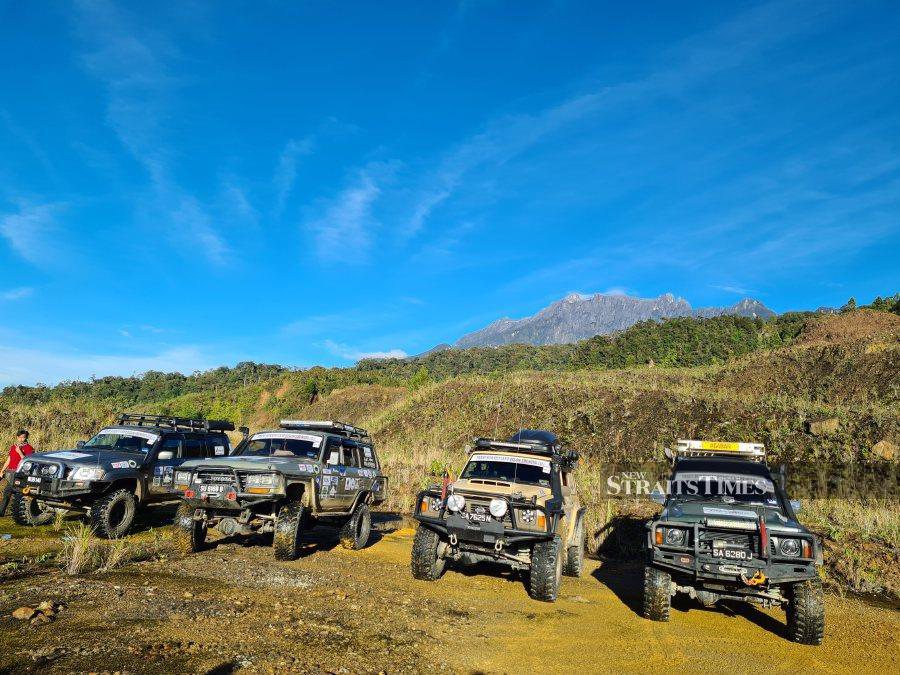
Nonetheless, due to safety concerns, public access to Mamut has been revoked. However, thanks to this expedition, we have been granted a special permit to experience its beauty once more.
As it turns out, Tasik Mamut is only part of what makes the place especially picture-perfect. As I wander around the campsite in the chilliness of the night in search of a 'toilet' spot and phone signal, I can't help but notice how clear the sky is, especially with little to no light pollution.
The stars are so bright that even my normal phone camera is able to capture them.
Sunrise is another reason to be camping in Mamut — the view is simply spectacular! When the sky has cleared from the morning mist, you can also see the peak of Mount Kinabalu very clearly in the backdrop, facing the sunrise.
As I stand at the edge of the campsite, taking shots of the magical sunrise (no shot seems to do justice to how beautiful it really is!), I am so grateful for this opportunity — and it's only Day 1.
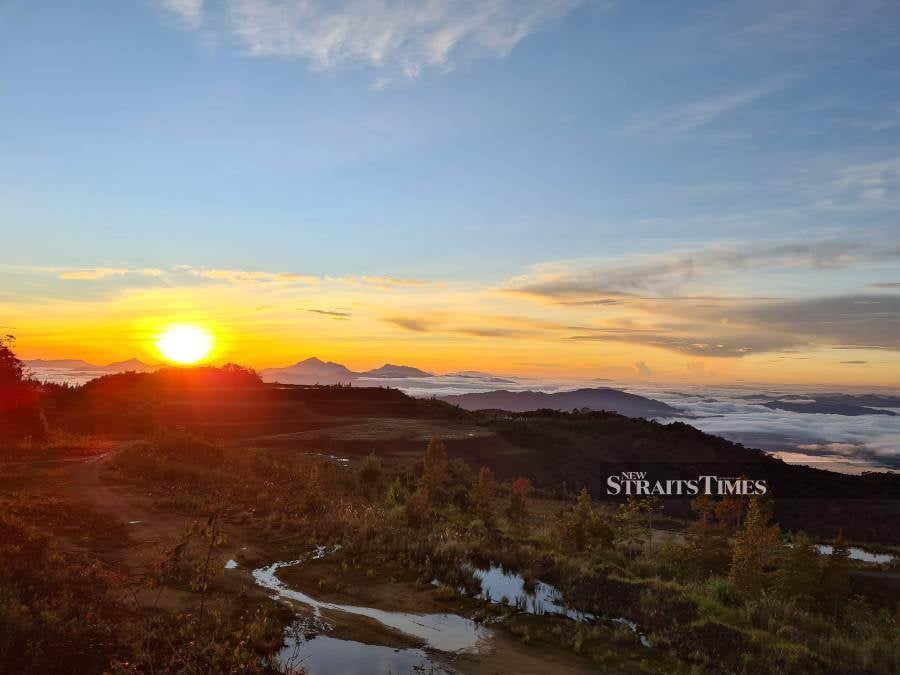
DAY 2-4: MAMUT TO ULU TONGOD, TELUPID
That morning, we pack up after breakfast and proceed to the next destination: Ulu Tongod Forest Reserve.
The Ulu Tongod Forest Reserve is a Class II Forest Reserve that is gazetted by the Sabah Forestry Department. Entry into this area is also prohibited unless with special permission from the authority. For off-road aficionados with whom I tag along, Day 2 is when the fun really starts.
Thanks to the rainy season, the terrain becomes even gnarlier with thick mud everywhere and old log bridges worn out, especially under the weight of super heavy 4x4s.
I will soon learn that instead of panicking when a vehicle is stuck in a gully or when a bridge breaks, these are actually moments that they look out for in an offroad expedition to showcase vehicle recovery skills (winching, bridge-building and vehicle uprighting) and to test out the upgrades on the 4x4 vehicles.
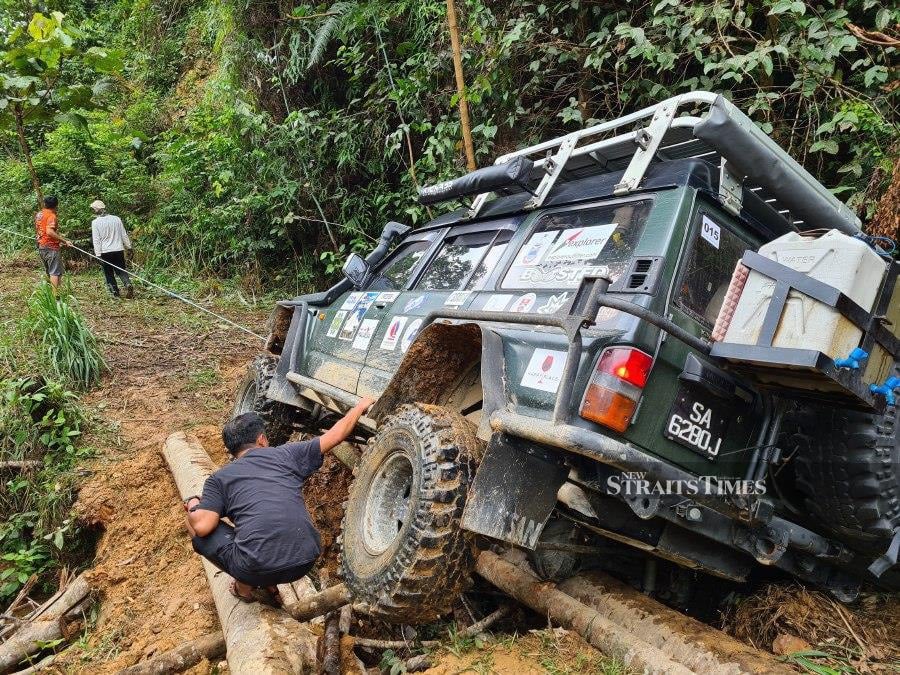
For someone unfamiliar with the realm of off-road, I look forward to encountering clear streams in the midst of the forest, as this means that we get to finally wash ourselves and our mud-caked shoes and clothes after days without a shower.
Before going on this expedition, I used to think of camping as a hassle — and a part of me still does — but another part of me now sees it as an opportunity to learn practical and applicable life skills, like how to tie a sarong so that it wouldn't fall off every five seconds, how to identify edible plants in the wild, and how to catch freshwater fish.
Most of all, I learn to enjoy the company of others around me more (thanks to zero phone signals!) and realise that we actually need very little to be happy. Nature is one of them.
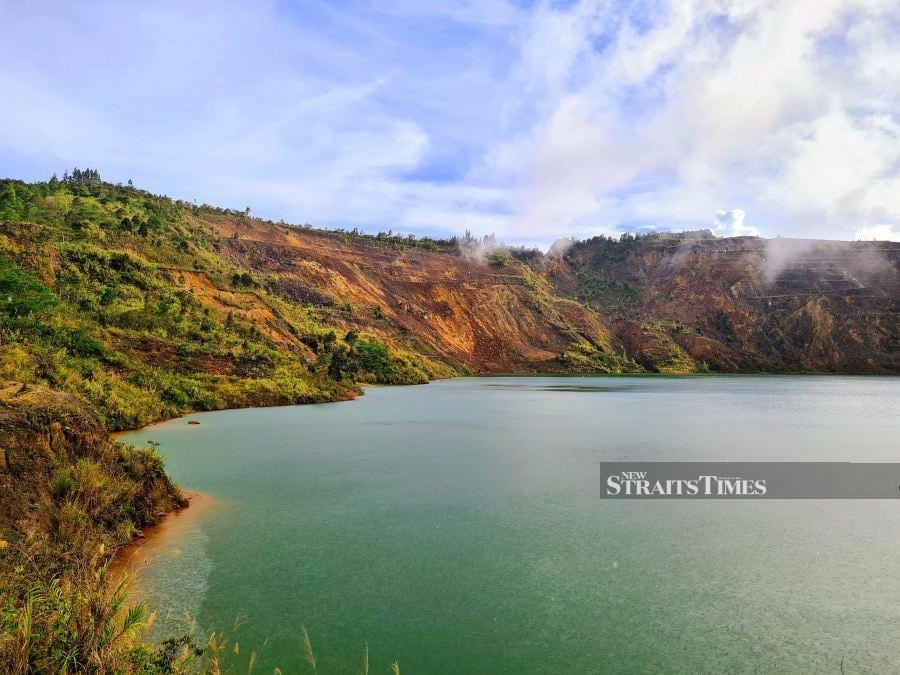
DAY 5: ULU TONGOD TO TANGKULAP FOREST RESERVE, BELURAN
Today, we make our way out of the Ulu Tongod Forest Reserve to another forest reserve called the Tangkulap Forest Reserve, just hours away in Beluran near Sandakan.
Situated next to the Deramakot Forest Reserve, the Tangkulap Forest Reserve used to be heavily degraded due to excessive logging. Today, as a protected area, the forest reserve has become a safe habitat for wildlife, such as the clouded leopard and Bornean pygmy elephants.
As I go for my morning walk, exploring the majestic forest and enjoying the canopy of towering trees, I stumble upon lumps of days-old elephant dung.
Although I don't get to encounter them in person, I'm still grateful to know that elephants and humans can still coexist harmoniously.
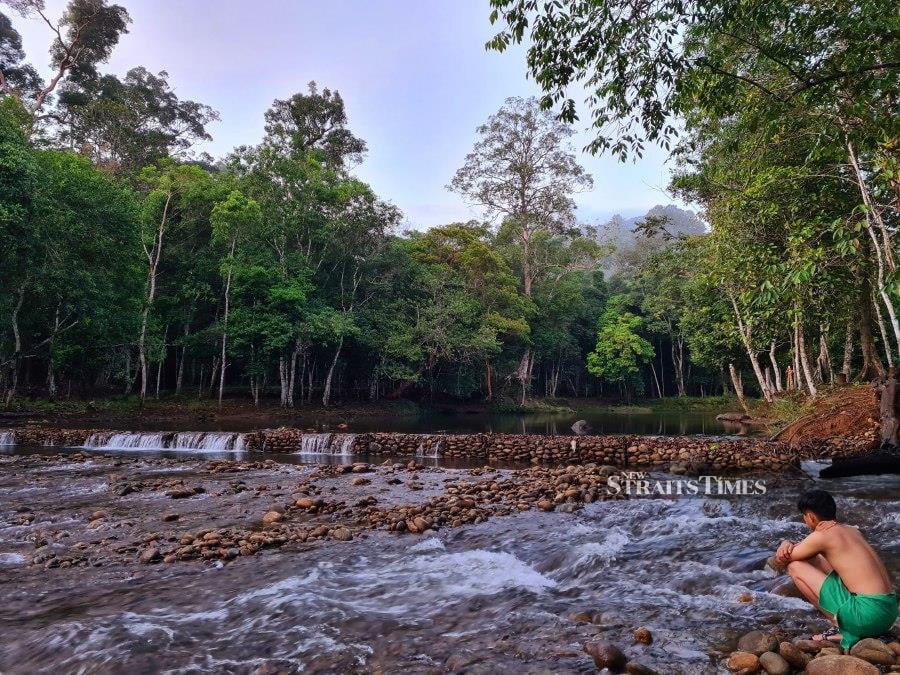
Apart from its lush vegetation and wildlife population, the Tangkulap Forest Reserve is also famous for the crystal clear Kun Kun River, which has been recently opened to the public.
The area surrounding Kun Kun River makes for a nice picnic and camping area. Luckily for us, too, the area is also equipped with bathroom and shower facilities.
After five days, I find it great to be able to bathe in private again!
DAY 6: TANGKULAP FOREST RESERVE TO TALIWAS CONSERVATION AREA, LAHAD DATU
From Tangkulap Forest Reserve in Beluran, we make our way to the Taliwas Conservation Area in Lahad Datu to set up camp just by the side of the scenic Tasik Pandan.
Unlike the aforementioned places, which I've never been to prior, this is the second time that I've been to the Taliwas Conservation Area.
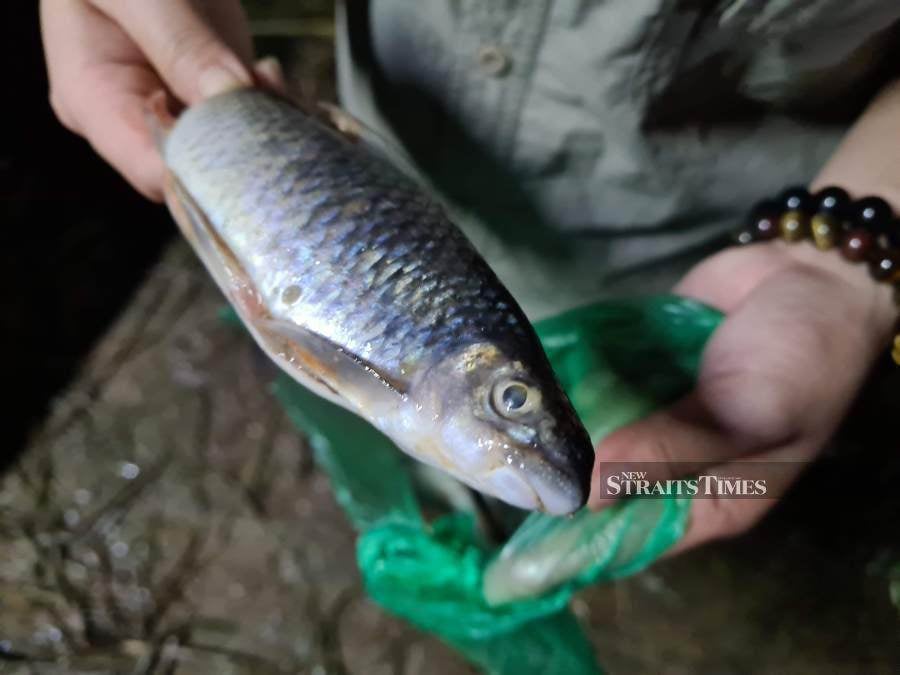
With Danum Valley being the most popular attraction in Lahad Datu, many are still unfamiliar with the Taliwas Conservation Area. Unlike Danum Valley that has luxury accommodation, Taliwas is more low-key with a large lakeside area suitable for camping.
The last time I visited Taliwas, it was on a mountain biking tour. Indeed, the lush vegetation and canopy of tall trees make it an ideal place to go for a bike ride or a hike even later in the day when the sun is usually scorching.
I am later told that there is also a newly discovered waterfall in Taliwas known as Taliwas Falls, which makes for another great picnic destination for the whole family.
It's good to see that Taliwas hasn't lost its raw alluring charm since I last visited almost 10 years ago. Perhaps one day I shall return with a mountain bike to re-acquaint myself with this beauty.
DAY 7: TALIWAS CONSERVATION AREA TO BOHEY DULANG ISLAND, SEMPORNA
Of all the places visited throughout the TBLBW expedition, I am most excited about Bohey Dulang Island in Semporna, and for obvious reasons!
As a Sabahan, I feel a little embarrassed to have not been to Bohey Dulang even once. It is one of the must-go places in Sabah, along with Mount Kinabalu, Sipadan Island and Sepilok Orangutan Sanctuary, to name a few.
The journey to Bohey Dulang Island from the Semporna mainland takes approximately 45 minutes on a speedboat. During the speedboat ride, you will get to enjoy a stunning view of the island, formed by the remnants of an ancient volcano, surrounded by glittering turquoise waters.
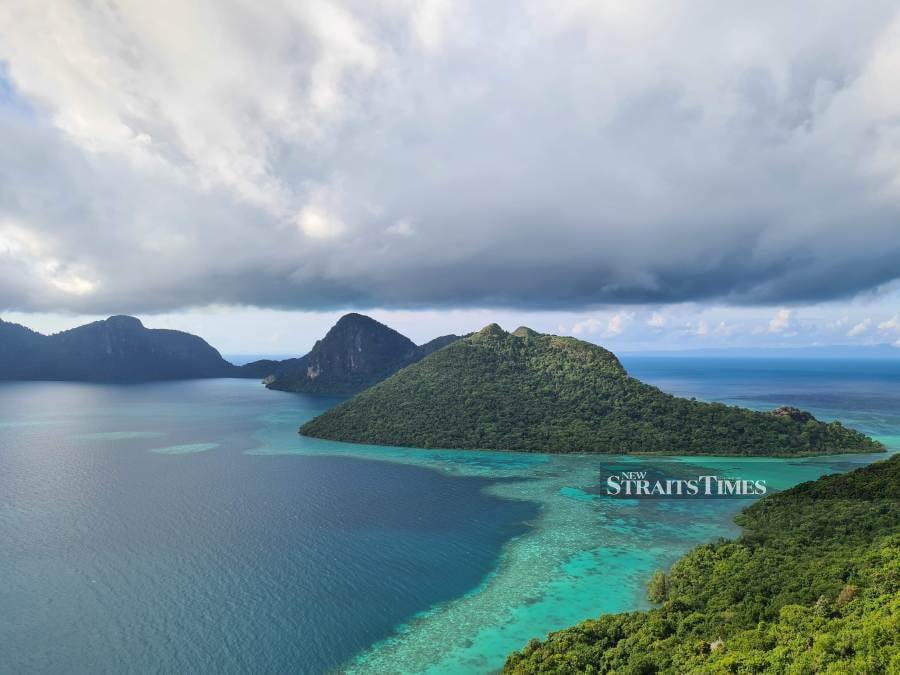
To enjoy the million-dollar view of the archipelago from the highest peak, you would need to hike up 700m to the viewing platform. Depending on your fitness level, this would take approximately 15 to 25 minutes, but once you've arrived at the platform, the view will be worth another hike!
Beyond its beautiful clear waters, Bohey Dulang is a haven for birdwatchers. Avid scuba divers also needn't go too far to enjoy a mesmerising dive. One can simply do a jetty dive from the Tun Sakaran Marine Park and already there will be vibrant corals and underwater life that are comparable to Mabul and Mataking Islands.
DAY 8: SEMPORNA TO KALBAKAN AND BACK TO KOTA KINABALU
On the last day of the expedition, instead of going back where we came from, we make our way back to Kota Kinabalu via the Tawau-Kalabakan road.
Compared with the previous routes, which were mainly lined by oil palm plantations left and right, the Tawau-Kalabakan route offers a more enjoyable scenery, with undulating mist-shrouded hills and rows of dipterocarp trees.

Somewhere on our way back, the vehicle in front of us stops abruptly and its driver signals us to look to our right. Lo and behold, a herd of Bornean pygmy elephants are happily grazing just by the roadside.
I step outside to take pictures and a video of them.
I return home with my heart full of joy and gratitude. There is so much beauty in my home state of Sabah. I can't wait to explore more in the future.
Reserve a room in Sabah using Hotels.com Promo to enjoy extra discounts.


